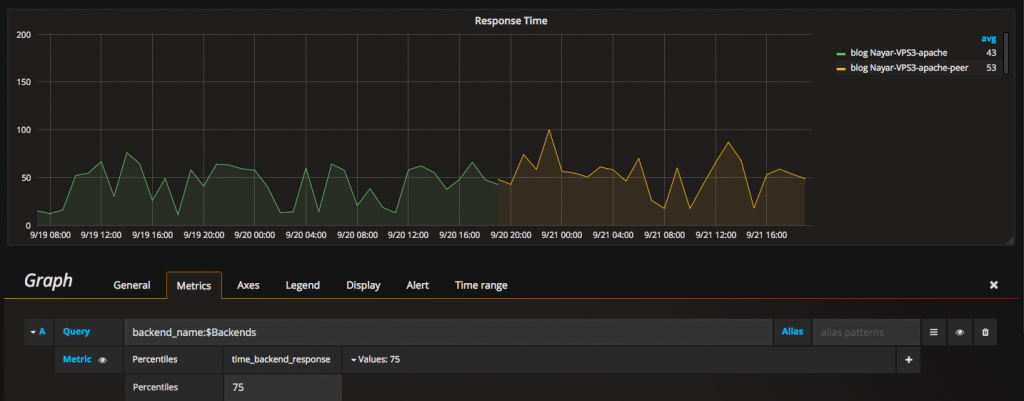What is a VPN?
VPNs means Virtual Private Network. It is way to connect multiple machines located in different regions together as if they were in a LAN. For example, in Mauritius, if your have Orange’s MyT at home, your router’s internal IP would most likely to be `192.168.100.1`.

Your laptop, mobile phone or Smart Home Appliances will have an IP in the range `192.268.100.2` to `192.168.100.254`. You cannot access these devices outside of your home without doing some tricks on your router configurations. This is where VPNs come in. If you are at work or on the move, you can still access your devices as if you were connected actually at home.
This would make more sense for businesses who have multiple region of operations but would still like all there IT devices to freely share information among themselves as if they in the same building. Examples would be a Manager printing a document in the office’s printer while he’s travelling in bus.
The problem with popular VPNs
Popular VPN solutions are centralised – meaning they depend on a single point such as a known server. Problem is when the server happens to be off-service, the whole VPN goes down. Furthermore, all the traffic is routed to the single server before being dispatched to their respective recipients.
PeerVPN comes in
PeerVPN is a very lightweight peer-2-peer VPN. You can initialise it with 2 nodes. When more nodes join in, it doesn’t matter if the first 2 are still in.
PeerVPN is so small that it took less that 1 minute to compile on my Raspberry Pi 3. You can find the codes here: https://github.com/Nayar/peervpn
Performance
I noticed an increased of like 4-5ms when pinging between my VPSs’ servers on the cloud. However I noticed the ping to be 25ms faster when pinging my VPSs’ from my Raspberry Pi at home.

The HAProxy 75th percentile backend response time increased by 10ms. I think it’s not bad compared to the benefits of the encryption and ease which it provides.
Drawbacks
– The author hasn’t updated the code since 2 years now.
– Security might not be as updated.
I hope this project revives. I gotta test Meshbird to see how it compares to PeerVPN. Have you ever used any of these types of VPNs?
Hi, we use tinc for this purpose to create a network mesh. Works well, would be nice to compare performance (latency/throughput).
I use tinc, but want to move away from it, as the ConnectTo means a single point of failure if the server specified goes down. PeerVPN seems to be more of a true mesh.
However, the project does seem to be dead.